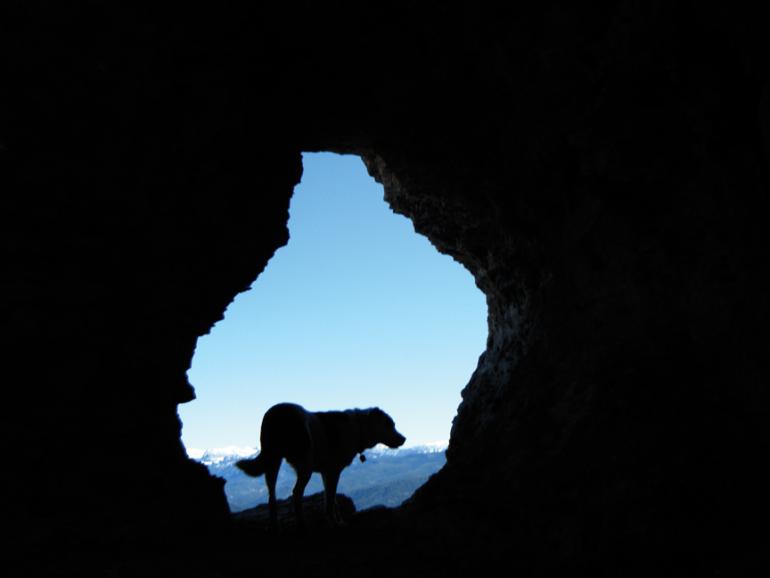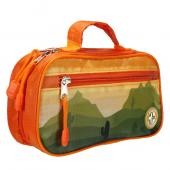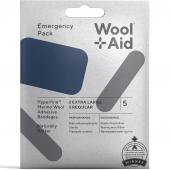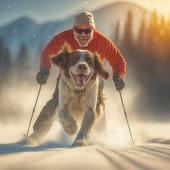Dog vs. Wild
When spring rolls around and Bozeman’s wildlife start to emerge from their dens, your curious dog might get more than he bargained for. Here’s an overview of how to deal with some common springtime hazards.
Once Bitten
If another animal bites your dog, flush the wound repeatedly with a sterile solution or a diluted disinfectant like Nolvasan (one ounce of solution to one quart of clean water). Make sure the solution flows back out of the wound, and not into a body cavity, before continuing to flush liberally.
After profusely flushing the wound, soak it in Epsom salts dissolved in clean water (one handful of Epsom salts to one quart of water). If you’re unable to submerge the wound site, soak a towel in the solution and hold the towel on the affected area for half an hour, every two hours.
Don’t stitch or seal puncture wounds, as this may trap infection in deep tissues. If wraps aren’t necessary to control bleeding or to prevent further contamination, leave puncture wounds unwrapped to allow drainage; in older wounds especially, encourage pus drainage. Flush the wound with disinfected water several times a day.
Caution: Rabies transmission occurs when a rabid animal’s infected saliva comes into contact with the dog’s nerves. The incubation period for rabies can last several months while the virus follows the dog’s nerves to its brain. The importance of a rabies vaccination cannot be overemphasized, and regular boosters are necessary to maintain immunity to this deadly disease that affects almost all mammals.
Getting Skunked
If your dog is skunked, first flush his eyes with eyewash. Bathe him daily with the following solution:
Dr. Sid’s special bathing remedy
-One pint hydrogen peroxide 3% (may cause some bleaching of the hair)
-One quart water
-One-fourth cup baking soda
-One tablespoon Prell concentrated shampoo
Mix the ingredients thoroughly and bathe your dog once daily for seven days, adding warm water during the bath to help make suds. Rinse your dog with a baking soda rinse (one cup of baking soda in one gallon of water). Wait half an hour and rinse again with plenty of warm water.
Skunk spray is composed of several low-molecular weight thiols, which are responsible for the odor. These are neutralized by the hydrogen peroxide and absorbed by the baking soda. Good luck with this.
Avoid getting soap into your dog’s eyes, and rinse his eyes afterward with eyewash. Wear a rubber suit if you have one. The traditional remedies of tomato juice and vanilla are not often helpful. Repeat the bathing daily until smell is gone. Bathing with this remedy, swimming afterwards, and tincture of time will eventually resolve the smell. Nothing completely removes heavy spraying initially.
Be sure to consider rabies, and make sure your dog was protected.
This article is adapted from First Aid for the Active Dog by Sid Gustafson, DVM. Sid is also a novelist, author of the literary novel Prisoners of Flight and several stories in various literary anthologies. sidgustafson.com.
Photo by Jackson Crawford














